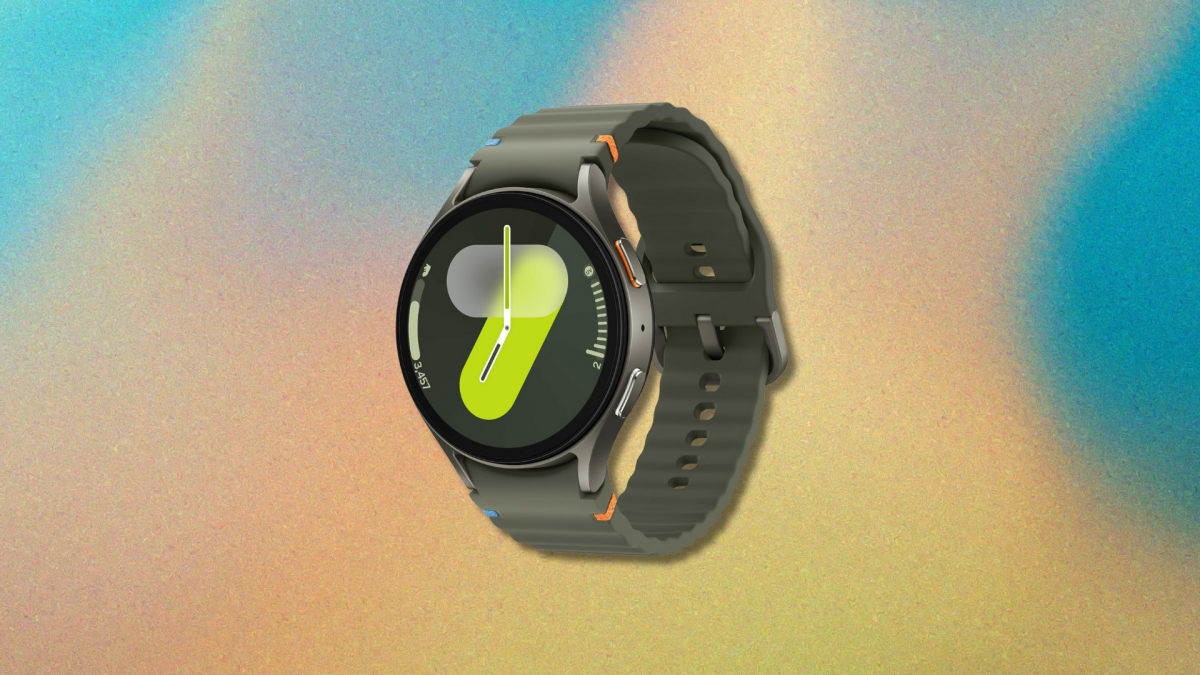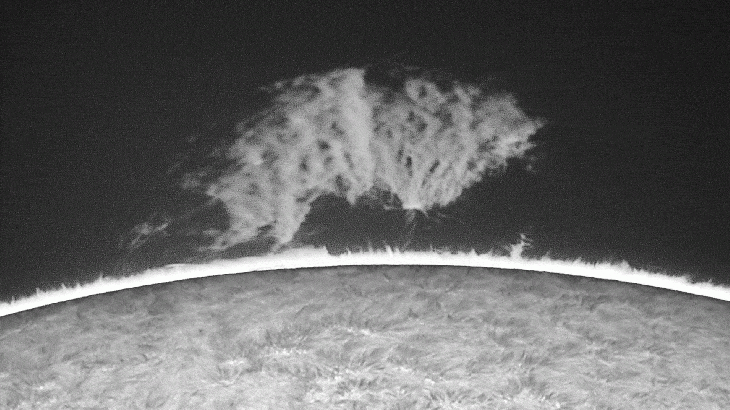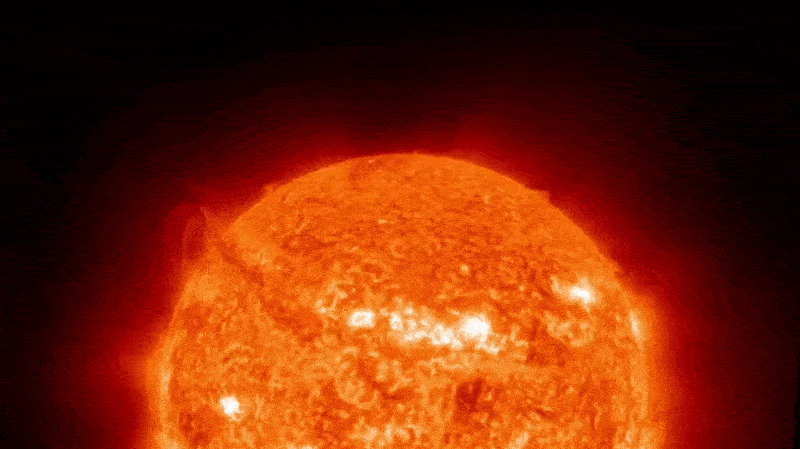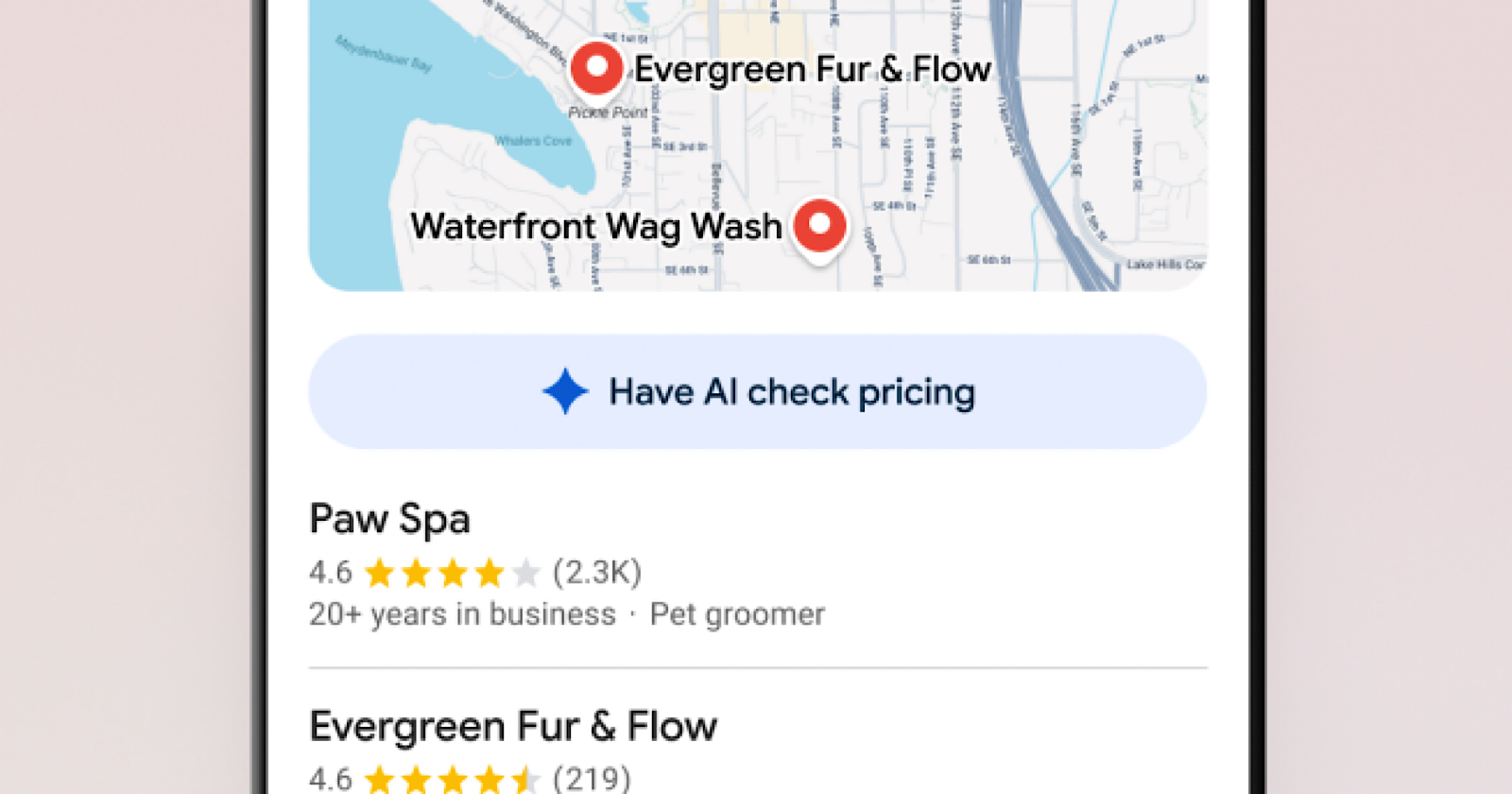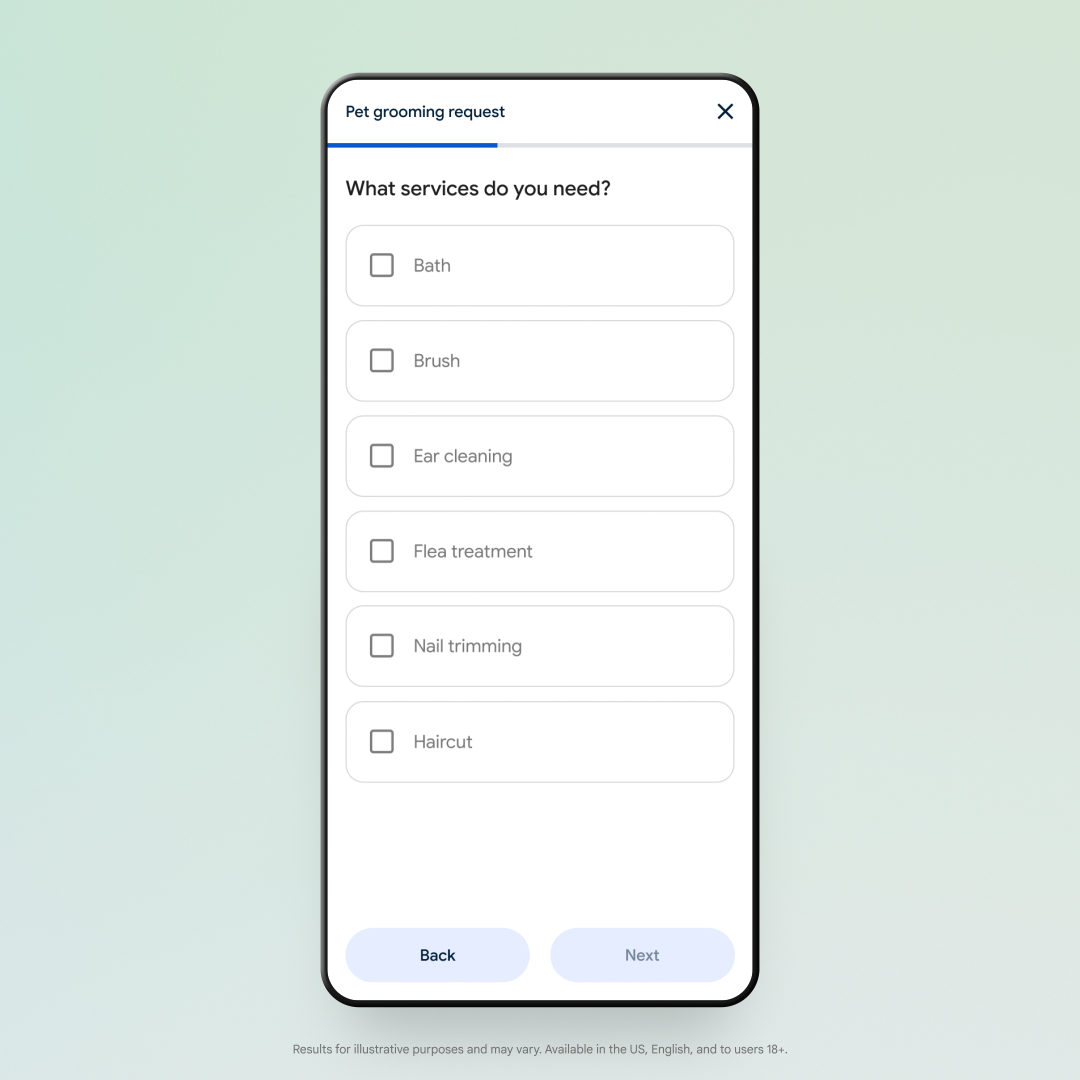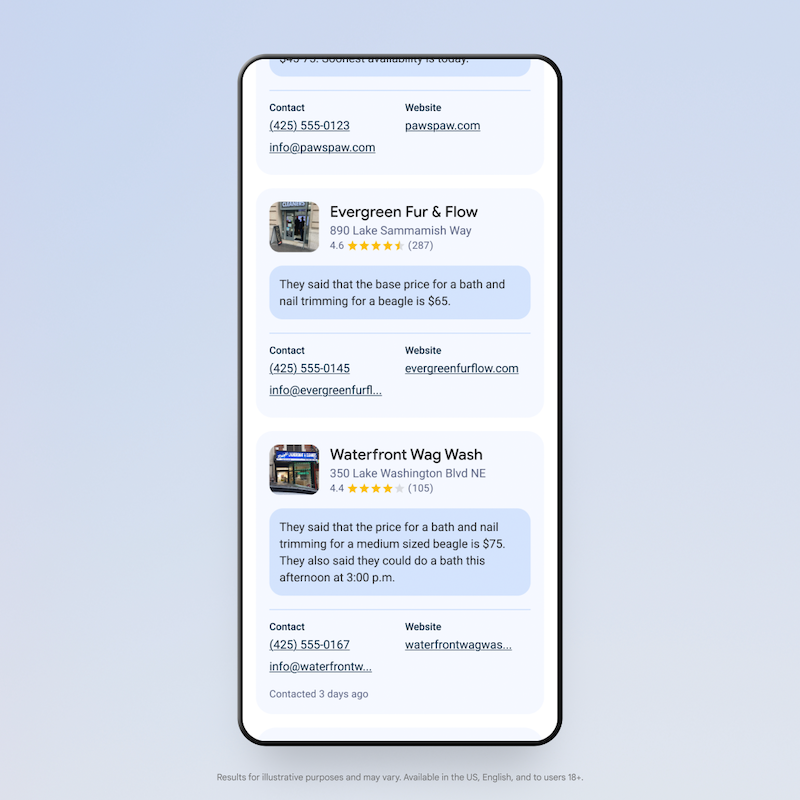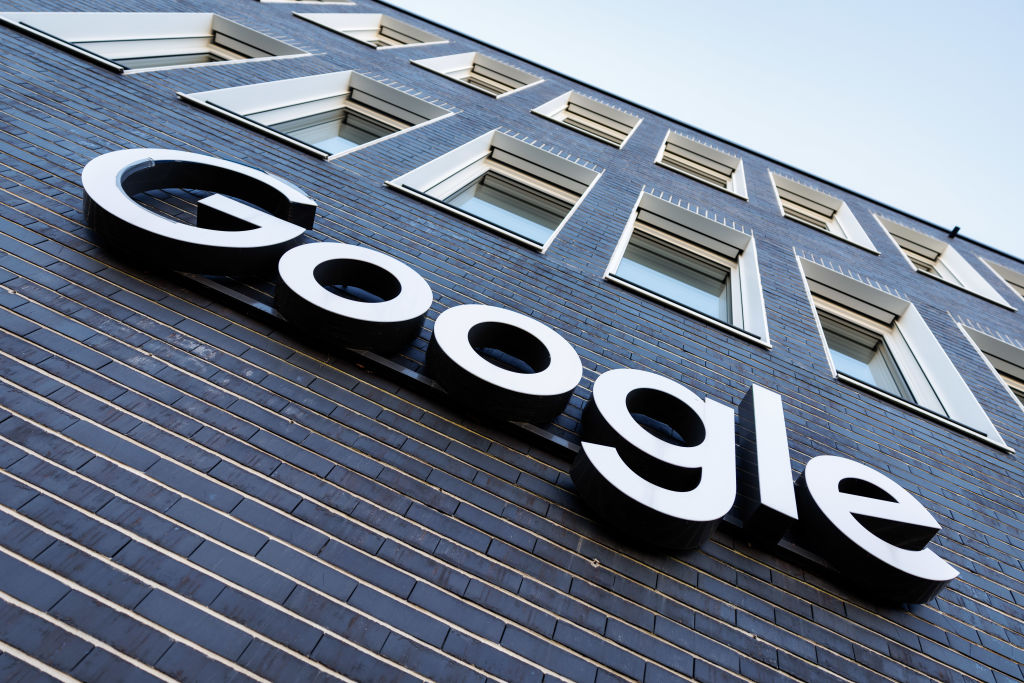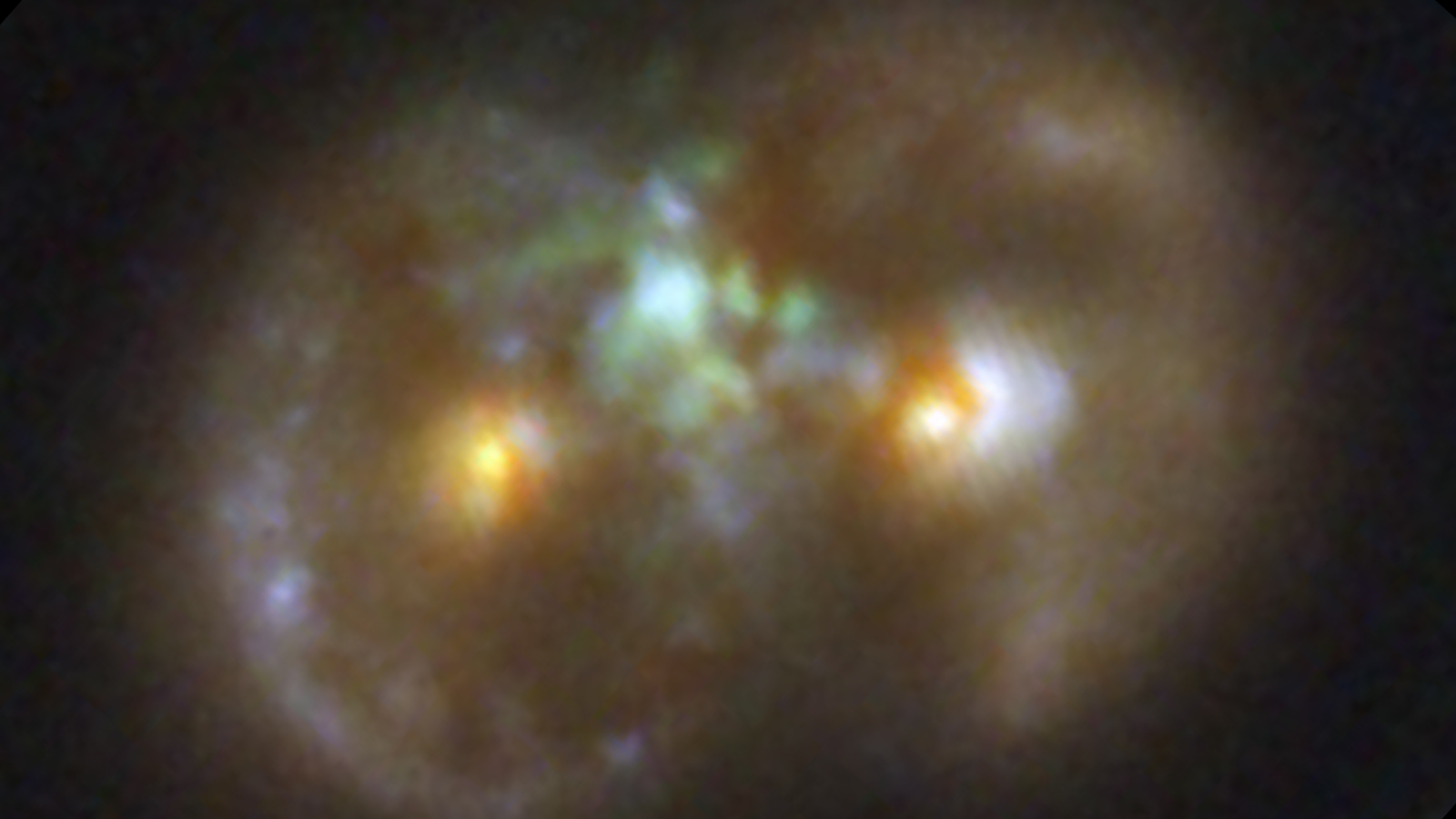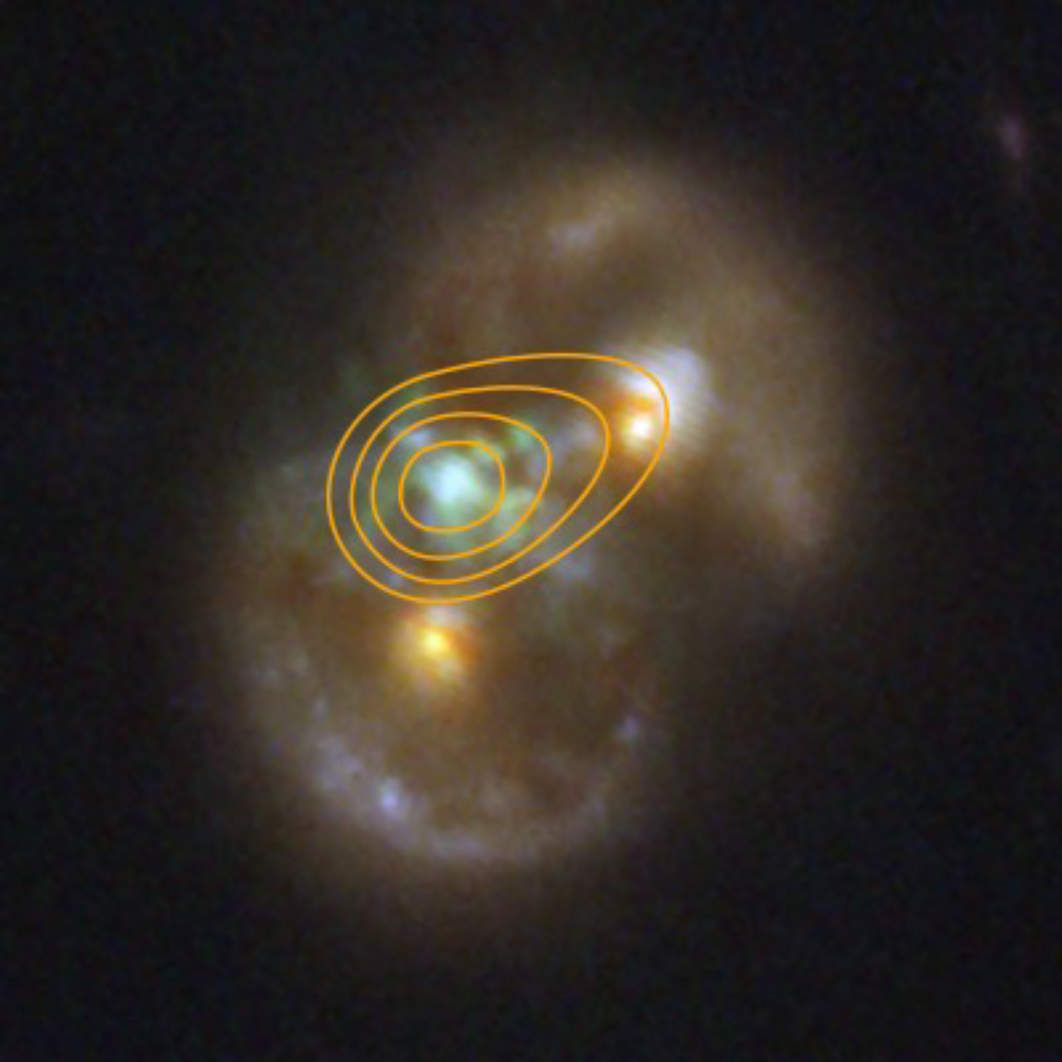Results from a follow-up study demonstrate support for the biosimilarity of omalizumab-igec (Omlyclo; Celltrion Healthcare) to its reference product, omalizumab (Xolair; Novartis), when treating patients with chronic spontaneous urticaria (CSU). It showed similarity in efficacy, pharmacokinetics, pharmacodynamics, safety, quality of life, and immunogenicity.1
Image credit: wisely | stock.adobe.com
About the Trial
Trial Name: To Compare Efficacy and Safety of CT-P39 and EU-approved Xolair in Patients With Chronic Spontaneous Urticaria (omalizumab)
ClinicalTrials.gov ID: NCT04426890
Sponsor: Celltrion
Completion Date: April 27, 2023
Xolair and Omlyclo
Xolair was initially approved in 2014 for the treatment of patients with CSU who exhibit symptoms despite H1-antihistamine treatment. It is a humanized monoclonal antibody drug that suppresses mast cell and basophil activation by selectively binding to human immunoglobulin E (IgE). This action reduces the level of free IgE, downregulating the high-affinity IgE receptor and leading to the mitigation of allergic cascades.1
Although omalizumab is an effective treatment, access to the therapy may be limited because of its high cost, wrote the authors. To alleviate this cost burden while receiving similar efficacy and safety of treatment, patients may initiate biosimilars. These have no clinically meaningful differences compared with their reference product.
Omlyclo was approved in March 2025 as the first and only biosimilar specifically designated as interchangeable with Xolair, indicated for the treatment of moderate to severe persistent asthma, chronic rhinosinusitis with nasal polyps, IgE-mediated food allergy, and CSU.2 Its approval and designation of interchangeability were based on clinical evidence, including those from a global, multicenter, double-blind, randomized, active-controlled, parallel-group phase 3 clinical trial (NCT04426890)3 in which Omlyclo demonstrated comparable efficacy and safety to Xolair during treatment and off-dose periods.2,3 The current study details the 16-week off-treatment follow-up period of the phase 3 trial.1
The Phase 3 Clinical Trial (NCT04426890)
In the trial, patients aged 12 through 75 years were randomly assigned to either treatment period 1 (TP1; n = 619) or treatment period 2 (TP2; n = 579), both of which were 12 weeks in duration. In TP1, patients were randomly assigned to receive either 300 mg or 150 mg of Omlyclo (300 mg: n = 204; 150 mg: n = 107) or Xolair (300 mg: n = 205; 150 mg: n = 103). In TP2, patients who were treated with 300 mg of Xolair were randomly assigned again to switch to Omlyclo (n = 96) or continue Xolair (n = 97); patients initially randomized to 300 mg of Omlyclo continued the same treatment regimen (n = 187); and patients initially randomized to 150 mg of Omlyclo or Xolair continued receiving the same treatment at an increased dose of 300 mg (Omlyclo: n = 101; Xolair: n = 98). Treatments were administered subcutaneously via a prefilled syringe at weeks 0, 4, and 8 and weeks 12, 16, and 20 of TP1 and TP2, respectively.1,3
Study Findings
The mean change from baseline in itch severity score (ISS7) was similar across treatment groups at week 40. After notable improvement in ISS7 was observed after the overall 24-week treatment period, improvement in ISS7 score had gradually decreased up to week 40; however, it did not return to baseline mean values, and there were no notable differences among the treatment groups during follow-up. Similar findings were observed for the weekly urticaria activity score and the weekly hives severity score.1
Additionally, changes in the number of antihistamine tablets used as rescue therapy per week were similar across the treatment groups. During the follow-up period, less than 10% of patients in all treatment groups had initiated an additional nonsedating H1-antihistamine as a second background medication (n = 11, 5.4%; n = 11, 5.4%; n = 6, 6.3%; n = 5, 5.2%; n = 4, 3.7%; and n = 10, 9.7% in the Omlyclo 300 mg, Xolair 300 mg, initial Xolair: switched to Omlyclo 300 mg, initial Xolair: Xolair 300 mg maintenance, Omlyclo 150 mg, and Xolair 150 mg groups, respectively).1
Safety and Adverse Events
During the follow-up period (weeks 24–40), the proportions of patients who experienced at least 1 treatment-emergent adverse event (TEAE) were similar across treatment groups, with most considered unrelated to the study drug. The most frequently reported TEAEs (≥2% patients in any group) were COVID-19 infection, headache, nasopharyngitis, tonsillitis, and upper respiratory tract infection. Additionally, rates of serious TEAEs ranged from about 0% to 3.1% across the treatment groups, and like TEAEs, these were considered unrelated to the study drug. There were no TEAEs that led to death or study drug discontinuation, and none of them were classified as allergic reaction type I or anaphylaxis, injection site reactions, serum sickness or serum sickness-like reaction, or parasitic (helminth) infections.1
Further, there were no notable differences between treatment groups in mean change from baseline for all clinical chemistry, hematology, and urinalysis laboratory parameters throughout the study’s duration. Most patients had normal results for physical examination and electrocardiogram assessments at the end-of-study visit during week 40.1
“[Omlyclo] was previously shown to have equivalent efficacy and comparable pharmacokinetics, pharmacodynamics, safety, and immunogenicity versus [Xolair] after 24 weeks of treatment, or after switching from [Xolair] to [Omlyclo] at week 12, in patients with CSU who had symptoms despite treatment with H1-antihistamines,” the authors concluded. “Our [16-week follow-up] findings provide further confirmatory evidence that [Omlyclo] is a validated biosimilar for [Xolair].”1
REFERENCES
-
Grattan C, Dytyatkovska Y, Springer M, et al. Efficacy and safety of CT-P39, an omalizumab biosimilar, in chronic spontaneous urticaria: 16-week follow-up study. Clin Transl Allergy. 2025;e70069. doi:10.1002/clt2.70069
-
Celltrion. U.S. FDA approves Celltrion’s OMLYCLO® (omalizumab-igec) as the first and only biosimilar with interchangeability designation referencing XOLAIR®. March 10, 2025. Accessed July 1, 2025. https://www.celltrion.com/en-us/company/media-center/press-release/3778
-
To Compare Efficacy and Safety of CT-P39 and EU-approved Xolair in Patients With Chronic Spontaneous Urticaria (omalizumab). ClinicalTrials.gov identifier: NCT04426890. Updated June 22, 2023. Accessed July 1, 2025. https://clinicaltrials.gov/study/NCT04426890

